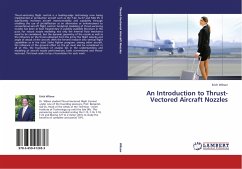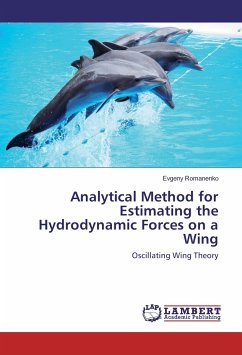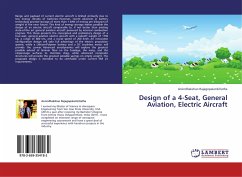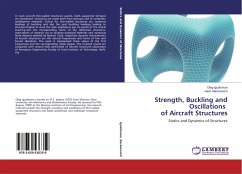Thrust-vectoring flight control is a leading-edge technology now being implemented in production aircraft such as the F-22, Su-37 and MiG 35. It significantly increases aircraft maneuverability and capability through enabling the use of jet-deflection as an alternative or enhancement to conventional aircraft flight control. Analytical modeling of thrust-vectoring nozzles has been at best fragmentary in publicly available literature in the past. For robust nozzle modeling not only the internal fluid mechanics need to be considered, but the dynamic geometry of the nozzle as well as the influence on the forces obtained from the jet by the flight velocity and angle of attack of the aircraft. With the fervent research into vertical flight capabilities as in the Joint Strike Fighter program, among other aircraft, the influence of the ground effect on the jet must also be considered. In all of this, the foundation of analysis lies in the understanding and modeling of aircraft nozzle performances; both conventional and thrust-vectored. This book seeks to lay a foundation for such work.
Bitte wählen Sie Ihr Anliegen aus.
Rechnungen
Retourenschein anfordern
Bestellstatus
Storno








